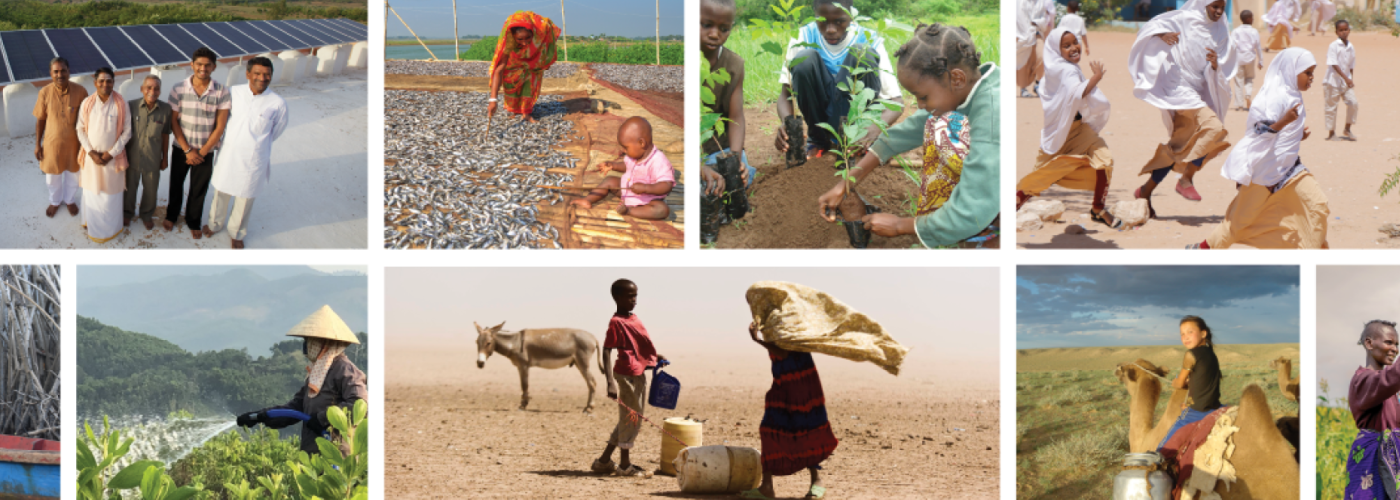USAID Climate Strategy 2022-2030
Image

Climate change is a global crisis. As temperatures and sea levels rise, people around the world are increasingly seeing heat waves, droughts, floods, cyclones, and wildfires upend their lives. The effects of climate change are not equal – they disproportionately impact the poorest and most marginalized communities USAID works to support every day. Climate change affects virtually everything that USAID does and threatens the development progress it has supported over more than 60 years.
Climate change increases water and food scarcity, displacement, and the need for humanitarian assistance, as well as contributes to conflict and disrupts economic stability. Yet at the same time, USAID’s response presents an opportunity to improve livelihoods. Decarbonizing economies means less air pollution that negatively affects health. Building climate-resilient infrastructure means people are safer when disaster strikes and reduces the need for costly repairs after every storm. Investing in green jobs presents an opportunity to make workforces more equitable and inclusive.
That is why USAID has developed a new Climate Strategy that will guide its work through 2030. This new Strategy takes a “whole-of-Agency” approach that calls on all corners of USAID to play a part in the response. USAID will work on the ground with partner governments and local actors to set the global trajectory toward a vision of a resilient, prosperous, and equitable world with net-zero greenhouse gas emissions.
Addressing the climate crisis requires a holistic approach to development. Every USAID sector and Mission has a role to play in transforming global systems like agriculture, energy, governance, infrastructure, and health. This Strategy includes six ambitious high-level Targets that reflect how a whole-of-Agency approach can increase USAID’s impact. USAID will update these 2030 Targets and supplement them with interim Targets throughout the Strategy’s lifetime.
USAID’s Climate Strategy is built on several foundational principles, which will be incorporated into all planning and activities: Locally-led Development, Equity and Inclusion, Private Sector Engagement, Nature-based Solutions, and Evidence, Technology, and Innovation.
Unsustainable, high-emission economic development is an underlying driver of climate change. As energy and land-use emissions continue to increase dramatically in partner countries, targeted mitigation action is necessary to limit growth in future emissions and increase carbon sequestration while stimulating equitable economic growth. USAID supports the transition toward resilient, net-zero economies that create sustainable livelihoods and decent jobs, and are transparent, inclusive, and equitable in their design and operation.
- Visit the Climate Hub on Climatelinks to learn more about USAID’s new Climate Strategy.
- Strategic Objective 1: Targeted Direct Action - Accelerate and scale targeted climate actions.
- Strategic Objective 2: Systems Change - Catalyze transformative shifts to net-zero and climate-resilient pathways.
- Special Objective 3: Do Our Part - Strengthen operations and approaches to programming to address climate change and further climate justice within USAID and our partner organizations.

